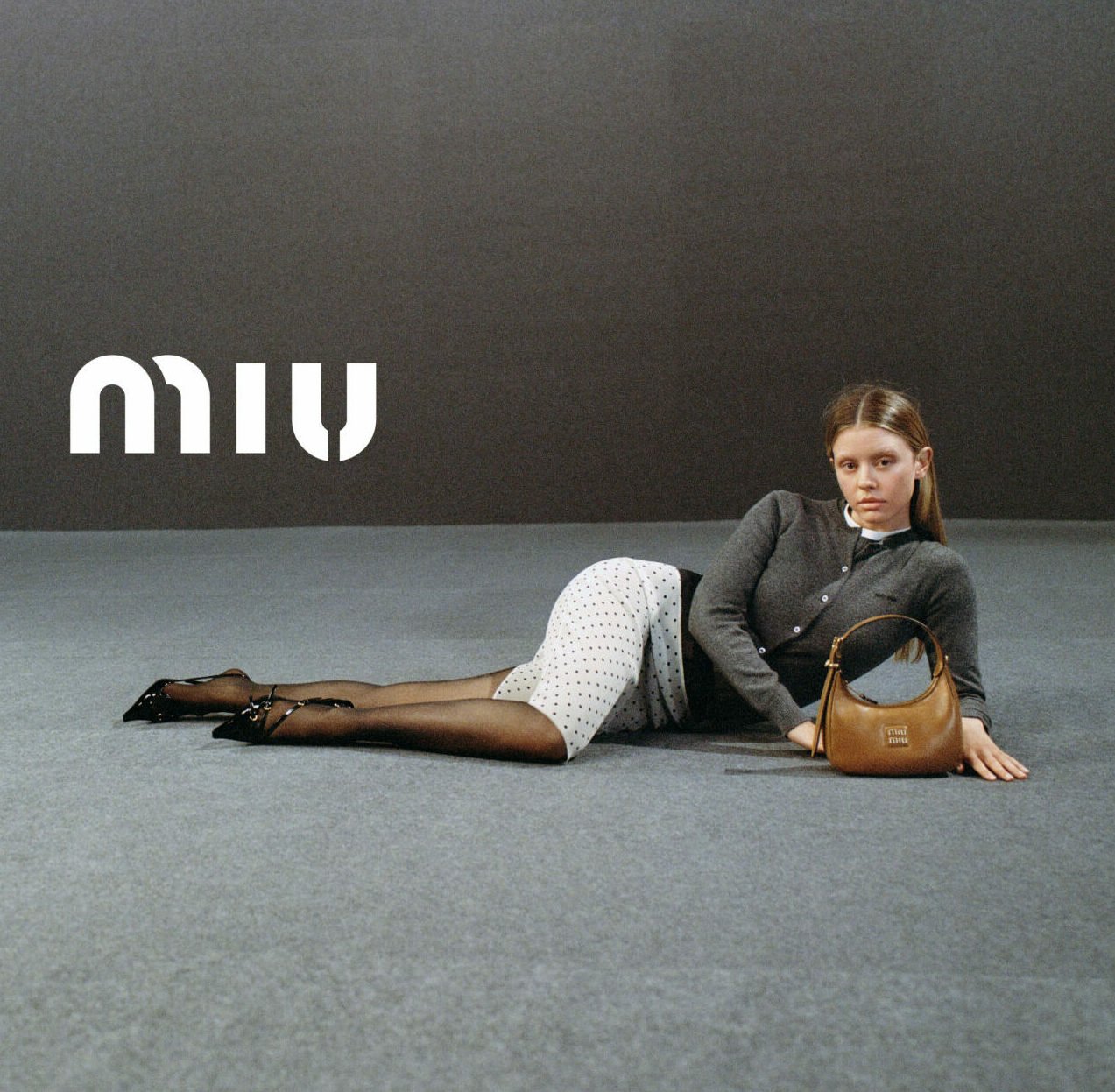Originating in the 1960s, the term began as an innocent label used to describe the women who followed rock bands. However, it soon began to devolve into a stereotype, one that included being young, female, and promiscuous. It was used to refer to women who operated outside of societal expectations of femininity and female sexuality. In this way, the term became restricted to the subjugation of women. It painted women as passive members of the music scene who sought attention and affection from band members. The term placed too much emphasis on the promiscuity often associated with rock and roll culture and in turn was used to other women and discount female influence.
But, in reality being a groupie was the only way that women were able to become a part of the male-dominated culture they loved—a place where they were active members of the music scene in the ‘60s and ‘70s. Modern-day culture has recognized this impact, turning the word on its head and acknowledging the impact of the groupie. Pop culture denizens have looked to these iconic figures, paying homage to their style, spirit, and role in music culture.
Groupies were important members of a band’s tour group. They were passionate about rock and roll and freedom was a key aspect of their culture. Many groupies acted as muses, inspiring songs like ‘Pleasin’ for a Reason’ by Guess Who, which was written about groupie Connie Hamzy. They also did a lot of unpaid labor for the bands they toured with, cooking, cleaning, and arranging events in addition to showering band members with continuous support and assisting them with networking.




